
Agave victoriaereginae 'White Rhino' Giromagi Cactus and Succulents
Agave victoriae-reginae 'Porcupine' Common Name: Queen Victoria Agave. Queen Victoria Agave is known for its white lined, beautifully shaped leaves that form a spherical habit. 'Porcupine' was selected from the species for its compact habit. Although relatively hardy for Agave, good winter drainage is required. This species of Agave is slow.

Agave victoriae reginae Agave de la Reine Victoria, compacte, en rosette vert clair marginée
Agave victoriae-reginae, better known as the Queen Victoria agave, is probably one of the most spectacular succulent species out there. Tough and easy to grow, it makes the perfect addition to any spot that still lacks an eyecatcher plant! Keep reading for everything you need to know about growing the Queen Victoria agave. --
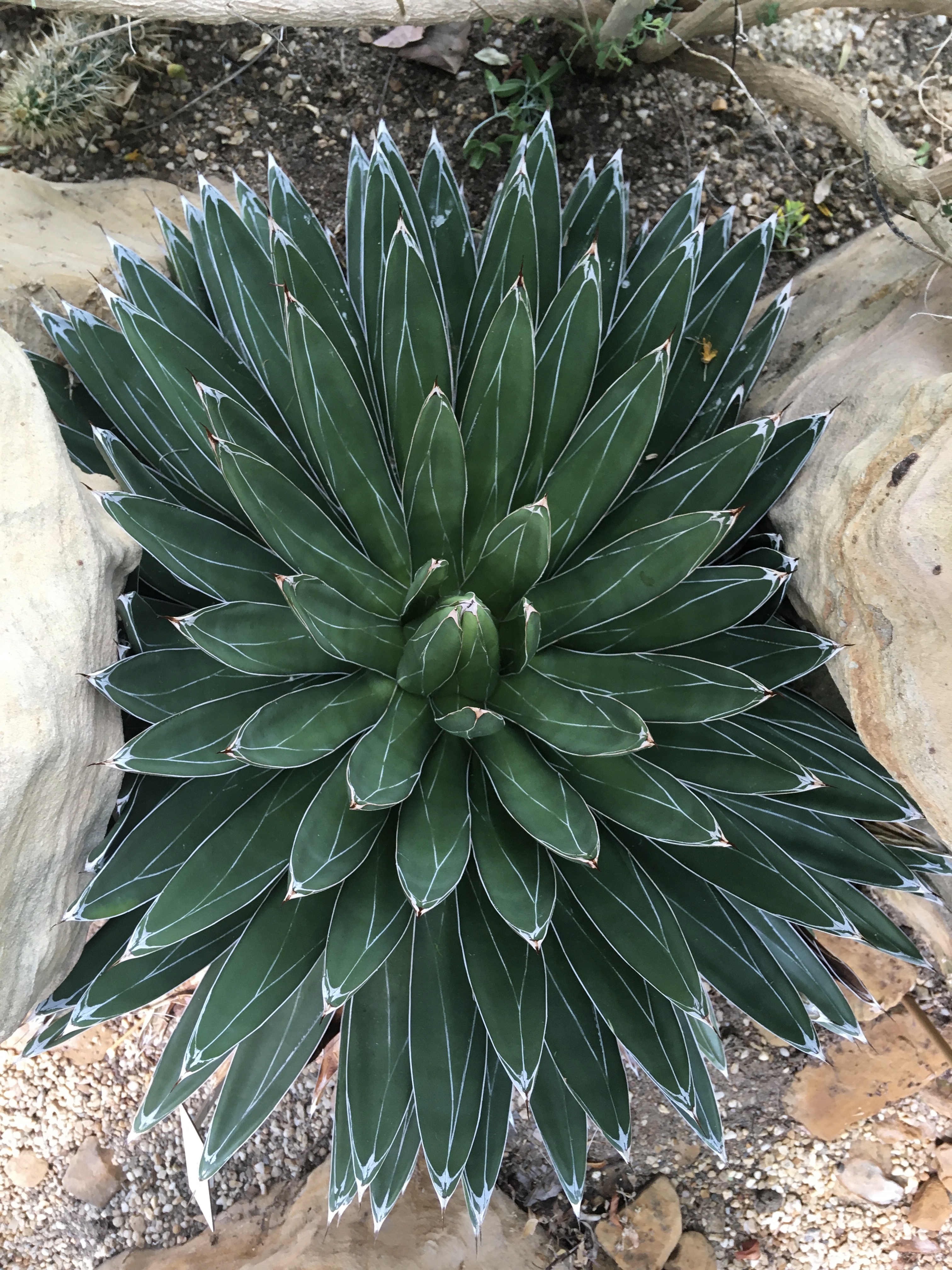
SuccSeed Agave victoriareginae form'
Agave victoriae-reginae at Huasteca Canyon, Nuevo Leon photograph by Amante Darmanin. It is a slow-growing plant that forms a small clump that is about 30 cm (1 foot) tall and 45 cm (18 inches) feet in width. The plant only flowers once in its lifetime, and that is when it is at the end of its lifespan. It is known for the white lines that.

Agave victoriaereginae Surreal Succulents
Agave victoriae-reginae Description. Download Save. Share.. Queen victory agave is one of the most attractive agaves with its round shape and very tight and whorl-like foliage arrangement. It is a small clumping or solitary species, growing into a 1-2 ft. diameter rosette. Foliage is comprised of deep green sharply pointed leaves that have.

Agave victoriaereginae Roraima Nursery
Agave victoriae-reginae (Queen Victoria Agave) - A slow-growing and attractive small clump-forming agave to 1 foot tall by 1 1/2 feet wide with tight-fitting, tapered deep green leaves that are edged in white along the margins and end in a small terminal spine; the leaf margins are smooth and spineless.

Photo of the entire plant of Compact Queen Victoria Agave (Agave victoriaereginae subsp
Agave Victoriae Reginae (a-GAH-vee vik-TOR-ee-ay ree-JIN-ay-ee) is a succulent agave species belonging to the Agavaceae (Asparagaceae) family. This Mexican native can be found growing naturally in various locations throughout the Chihuahuan Desert, close to Saltillo, in the state of Coahuila and just outside the city of Monterey in Mexico.

Images For > Agave Victoriae Reginae Succulents, Cacti and succulents, Agave
Agave victoriae-reginae 'Compacta' is an attractive succulent that forms a compact rosette of rigid deep green leaves adorned with distinctive white markings, mainly along keels and spinless margins. The rosette grows very slowly, usually does not produce offsets, and can reach up to 12 inches (30 cm) in height and 18 inches (45 cm) in diameter.
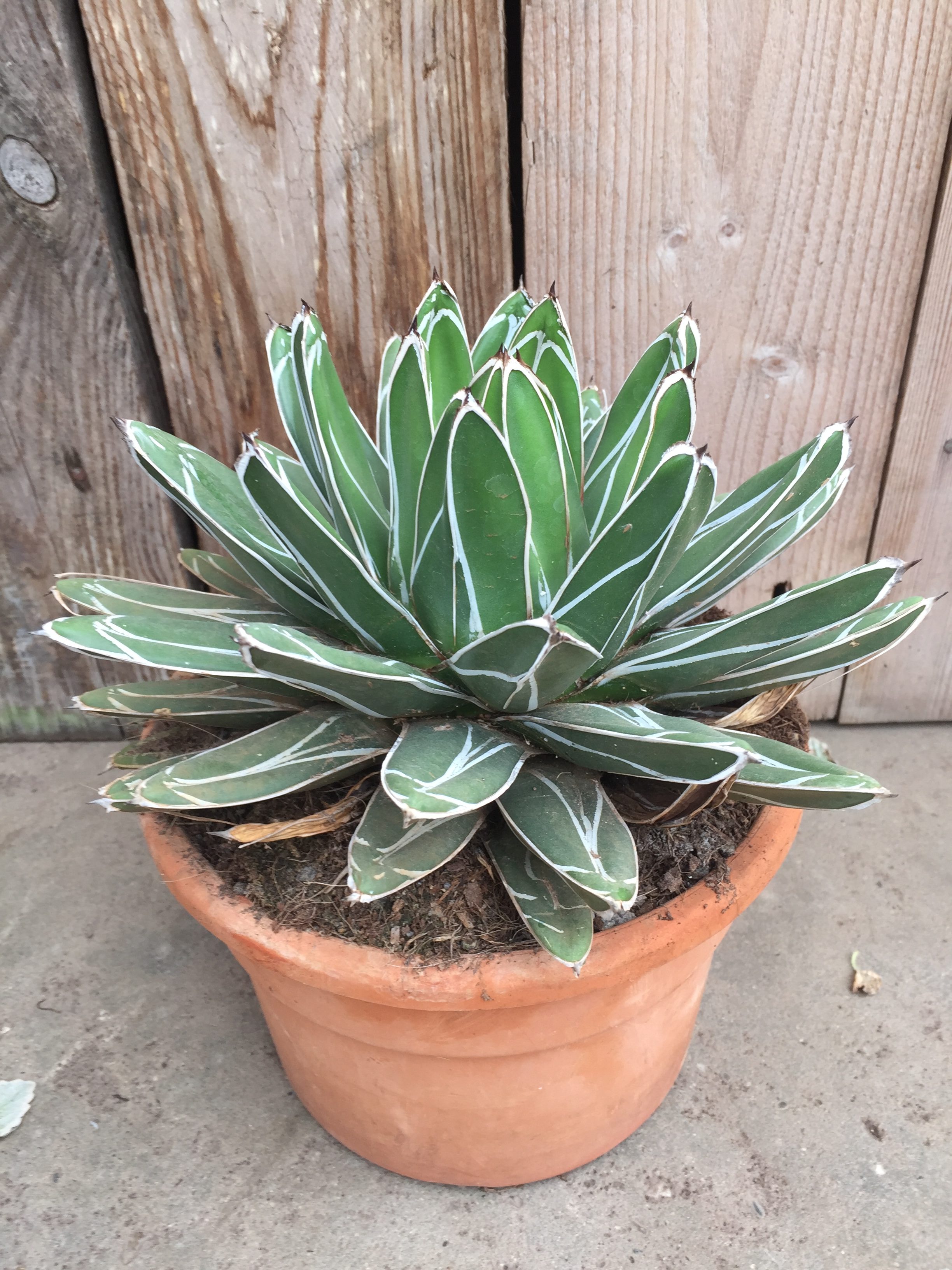
Agave Victoriae Reginae Plantencentrum Exotica
Agave victoriae-reginae forms a dense rosette of fleshy, triangular leaves, up to 30cm in length, that have white edges and black tips. This eye-catching plant also has attractive white 'bud-printing' on the leaves - the impressions made by leaves on one another as they develop - adding to the plant's appeal.

Agave victoriae reginae Acacia LLC
Agave victoriae-reginae, the Queen Victoria agave or royal agave, is a small species of succulent flowering perennial plant, noted for its streaks of white on sculptured geometrical leaves, and popular as an ornamental.
.jpg)
Photo Gallery agaves variegated cultivars agave victoriae reginae canopus (s. van... Plant
6.0-7.5. Propagation: Offsets and seeds. Toxicity: Non-toxic to humans and pets. The Agave victoriae-reginae, also known as Queen Victoria Agave, is a stunning succulent prized for its striking geometric pattern and compact size. Perfect for both indoor and outdoor settings, this low-maintenance succulent adds a touch of elegance to any space.
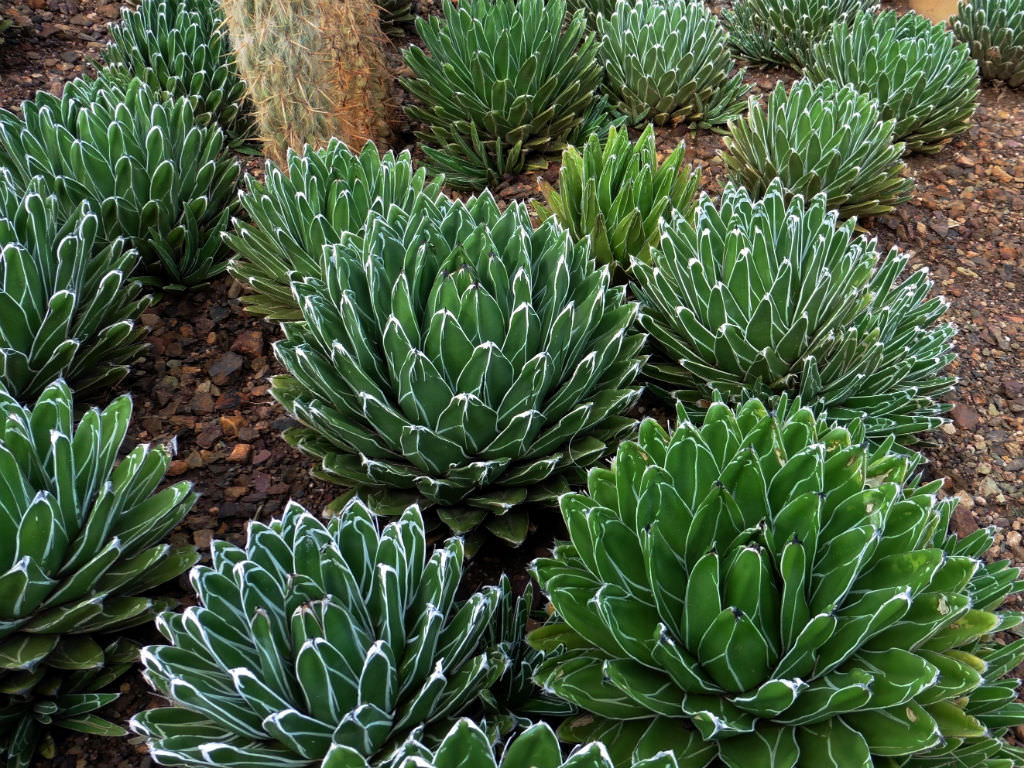
Agave victoriaereginae Queen Victoria Agave World of Succulents
Agave victoriae-reginae is a slow-growing succulent that forms a compact rosette of green leaves with attractive white markings, spineless margins, and a short black terminal spine. The rosette is usually solitary, as the plant rarely forms offsets. It grows up to 1 foot (30 cm) tall and 1.5 feet (45 cm) in diameter.

FileAgave victoriaereginae lv 2.jpg Wikipedia
Agave victoriae-reginae originates from the Sierra Madre Oriental Mountains in the state of Coahuila, and south of Nuevo Leon, in northeastern Mexico. It is found in lower elevation slopes and near vertical cliffs of desert canyons, in calcareous soils. While endangered in its natural habitat, the species is abundant in cultivation.
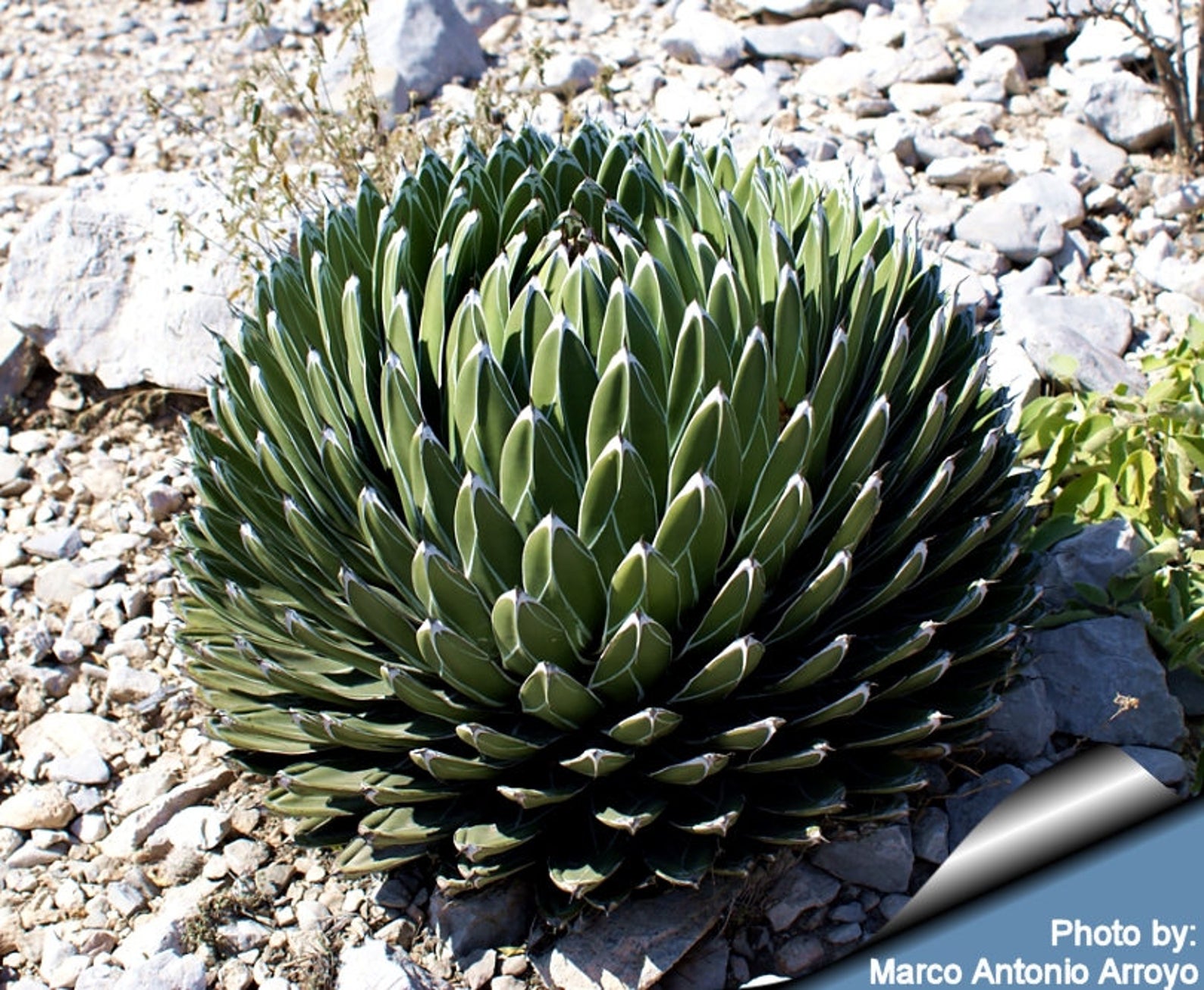
Agave victoriaereginae subsp. victoriaereginae Queen Victoria Agave Quinta dos Ouriques
Habitat: It grows mainly in calcareous soil characterised by a desert or semi-desert environment and is found in profusion on the steep slopes and near vertical cliffs of the canyon walls where forms large colonies. It is often associated with Hechtia sp. a genus of bromeliads which we often found growing with cacti.
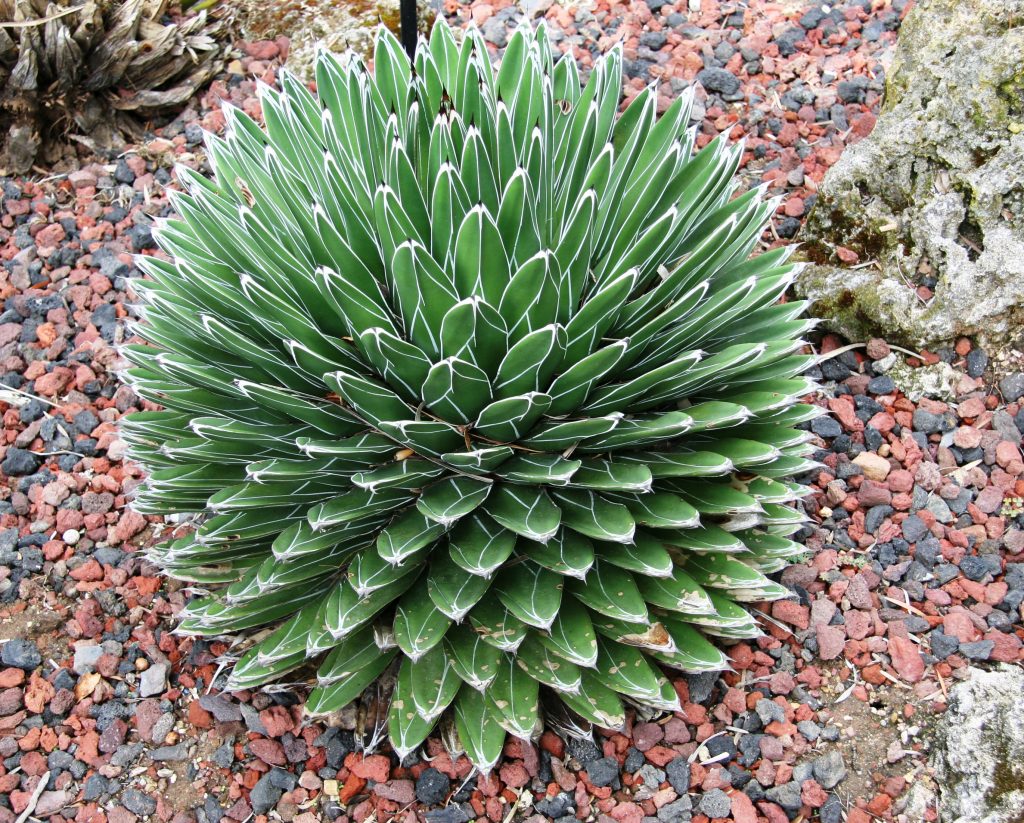
AGAVE victoriaereginae 3L Evergreens Turn It Tropical
Incredibly attractive, award-winning Agave victoriae-reginae is an evergreen, perennial succulent forming a perfectly spherical, solitary rosette of thick, smooth and spineless, dark green leaves. Each leaf is adorned with almost 'hand-painted' white margins and a small terminal spine.

Agave victoriaereginae Miss Smarty Plants
Agave victoriae-reginae, commonly called Queen Victoria agave or royal agave, is a succulent, herbaceous perennial native to rocky, limestone slopes in the Chihuahuan Desert of northern Mexico. Mature clumps will reach up to 1' tall and 1.5' wide. May grow in a solitary rosette or form offsets.
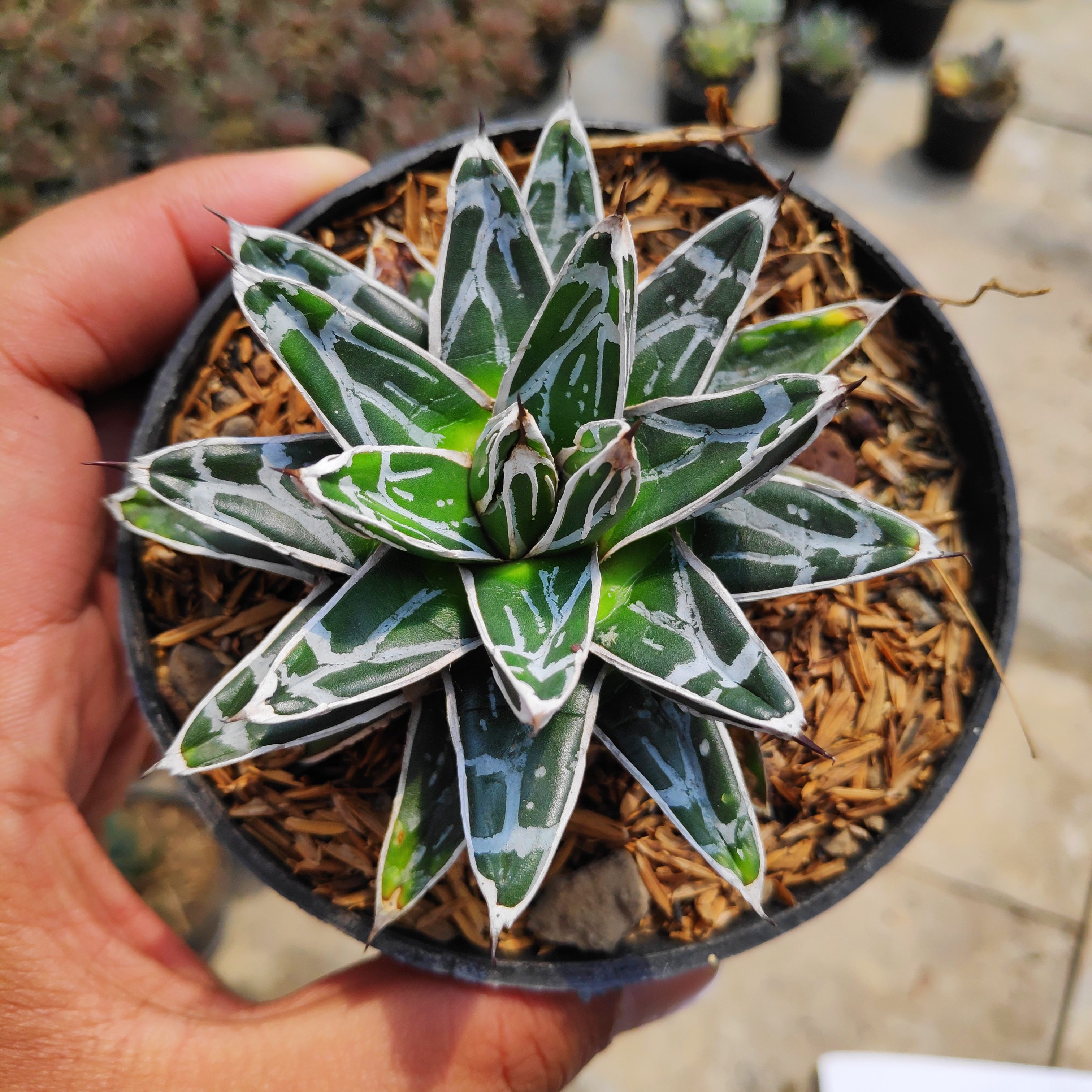
Agave Victoriaereginae
Agave victoria-reginae is a slow-growing succulent that is desired by many horticulturists and landscape artists because of its majestic thick, rigid, and dark-green leaves accented with silvery-white margins. The magnificent leaves are short and grow from 5 to 7-inches (15 to 20cm) long and inch (3cm) wide and have a terminal spine.